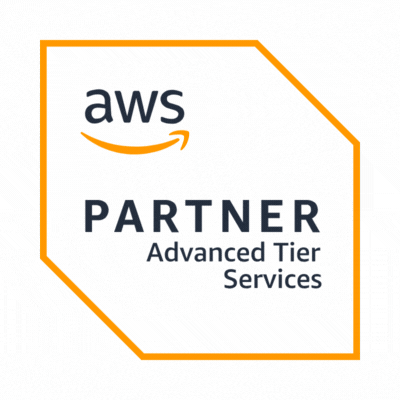Understanding AWS Data Lakes and Data Warehouses
AWS Data Lakes allows organizations to store vast amounts of structured and unstructured data at scale. They provide a centralized repository for diverse data types, facilitating analytics, machine learning, and other data-driven tasks.
On the other hand, AWS Data Warehouses are optimized for querying and analyzing structured data. They enable businesses to perform complex analytics and generate insights from structured datasets.
Importance of Cost Optimization
While AWS offers powerful data management solutions, the costs associated with storage, processing, and analysis can escalate rapidly. Without proper optimization, businesses may overspend on resources they don't fully utilize, impacting their bottom line. Cost optimization ensures efficient resource allocation, enabling organizations to maximize value from their AWS investments.
Cost Optimization Strategies
Utilizing Appropriate Storage Options: Choose storage options tailored to your data's characteristics and access patterns. AWS offers a variety of storage classes, such as S3 Standard, S3 Intelligent-Tiering, and S3 Glacier, each optimized for specific use cases. By matching data to the most cost-effective storage class, you can minimize storage costs without compromising performance.
Implementing Data Lifecycle Management Policies: Define lifecycle policies to automatically transition data between storage tiers based on predefined criteria. For example, infrequently accessed data can be moved to lower-cost storage classes or archived to Glacier for long-term retention. By tiering data according to its relevance and access frequency, you can optimize storage costs while ensuring data availability.
Leveraging Serverless Computing: Embrace serverless architectures for data processing and analytics tasks. AWS services like AWS Glue, Amazon Athena, and AWS Lambda allow you to execute code without provisioning or managing servers. By paying only for the compute resources consumed during execution, serverless computing can significantly reduce operational costs and eliminate idle resource overhead.
Monitoring and Managing Resource Utilization: Monitor resource utilization across your AWS Data Lakes and Data Warehouses. Utilize AWS CloudWatch metrics and alarms to track performance metrics, identify underutilized resources, and optimize resource allocation accordingly. By rightsizing instances and scaling resources based on demand, you can eliminate wasteful spending and improve cost efficiency.
Automating Scaling and Provisioning: Implement auto-scaling and provisioning mechanisms to dynamically adjust resource capacity in response to workload fluctuations. Leveraging AWS Auto Scaling, you can automatically add or remove compute instances based on predefined policies and performance metrics. By optimizing resource utilization and avoiding over-provisioning, you can optimize costs while maintaining performance and availability.
Conclusion:
Effective cost optimization is essential for maximizing the value of AWS Data Lakes and Data Warehouses. By implementing the strategies outlined in this blog, businesses can optimize resource utilization, minimize unnecessary spending, and achieve cost-efficient data management. By leveraging the flexibility and scalability of AWS services, organizations can unlock the full potential of their data while keeping costs under control.




















